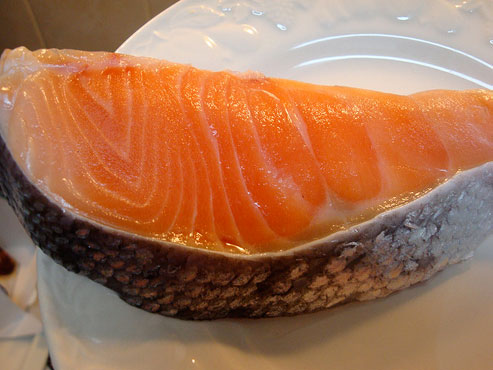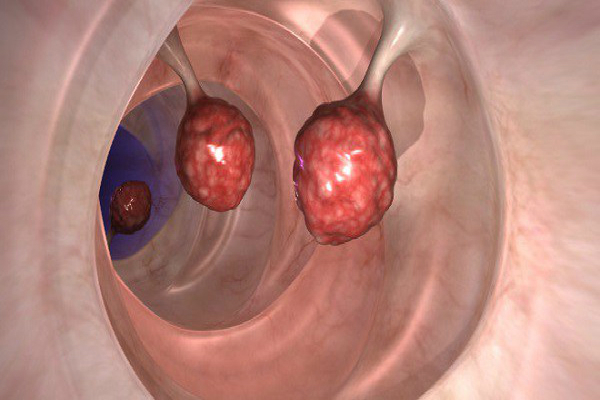The following are common symptoms of infections, although most infections can be invisible to you, without any obivous symptoms

- Abdominal discomfort
- Diarrhea or Vomiting
- Weight loss
- Vitamin B12 deficiency
- Intestinal obstruction
- Gall bladder issues
The Japanese Broad Tapeworm in America
One study published in 2009 has drawn our attention to the popularization of consuming raw, uncooked fish. The study claimed that imports of pacific pink salmon that were not inspected, could be a cause of quick and massive increase in Diphyllobothrium infections. Even though more recent studies are small, they just confirm these findings.
The leading researcher of one study from Czech Republic claims that until that date there were almost 2000 cases reported of the Japanese broad tapeworm infection. When considered relating to human population this number is actually pretty low according to this scientist who says that majority of the reports are actually from Northeastern Asia.
But people in the United States. have the right to have increased concern due to the fact that scientists discovered the tapeworm in wild pink salmon from the Alaskan Pacific.
The Czech doctor and his team have five species as subjects of analysis. Those were species of wild salmon from local Alaskan coast fishermen, with the total amount of 64 pieces. In studying 23 Pink salmon species pieces, they discovered samples that contained larvae from the Japanese broad tapeworm.
The tapeworm infection is not very dangerous, namely every fifth person that ate raw or uncooked fish could suffer such severe effects like diarrhea and pain.
The study concludes that parasitologists and medical experts should be warned regarding the potential danger of human infection with this tapeworm, caused by salmon consumption (that is – infected species), imported frozen from the Pacific coast of North America.
Prevention of Infections
Ongoing research and the minimal risk exposure may be not sufficient for people to stay away from salmon or raw fish. One spokesperson from the Infectious Diseases Society of America also claims that the risk of coming in touch to the tapeworm from eating your favorite sushi is not very high, but it does exist. If you really want to avoid any risk, than don’t consume raw or uncooked fish.
If you are still scared, but don’t want the fish you already bought to go to waste, here is an advice: keep the fish frozen for a few days, this will result in eliminating the broad tapeworm and other parasites, if any.
The FDA suggest for you to cook your fish to an internal temperature of a minimum of 145 degrees Fahrenheit to get rid of the may-be-present parasites, including the Japanese long tapeworm. If you don’t want to cook it, than make sure you use these freezing methods:
- 4 degrees Fahrenheit below zero for one week.
- -31 degrees Fahrenheit or below until it is solid and store it at that temperature for 15 hours.
- -31 degrees Fahrenheit or below until it is solid and store it at -3 degrees Fahrenheit for 24 hours.


















